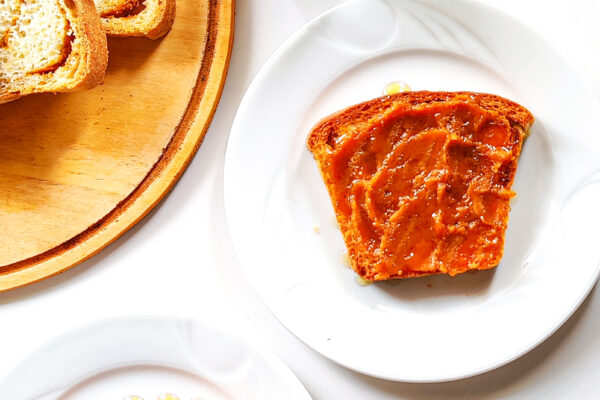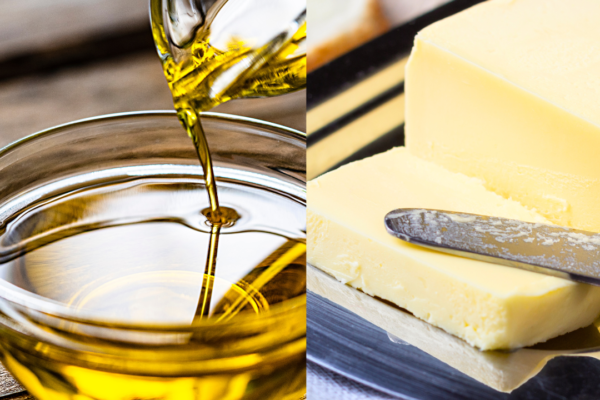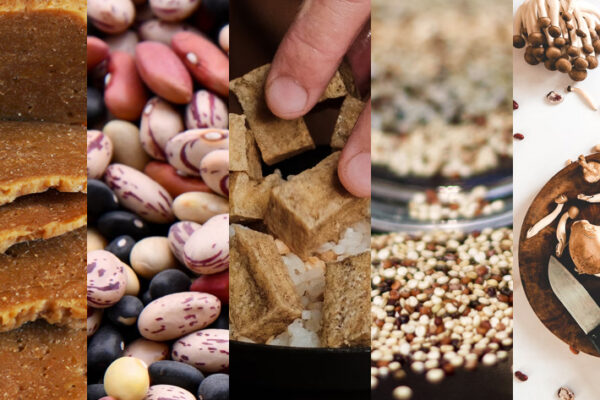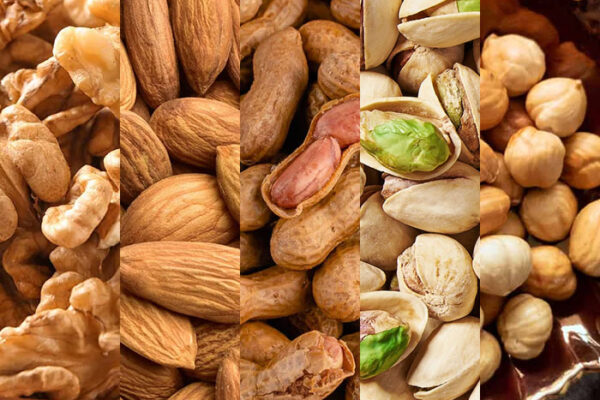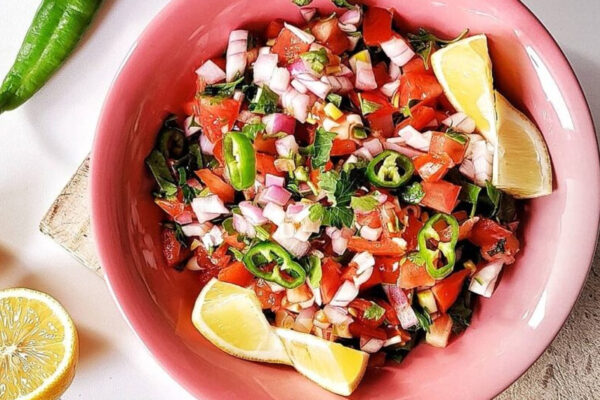When we think of meat, nobody wants to think of tough and stringy meat that takes 7 working days to chew. We like our meat tender and juicy, melting in our mouths and falling off the bone. Now there are a lot of ways to achieve this and we’ve compiled 6 delectably simple ways to get the juiciest and most tender meat whose flavor and tenderness will linger in memory for a very long time.
1. Pound It!
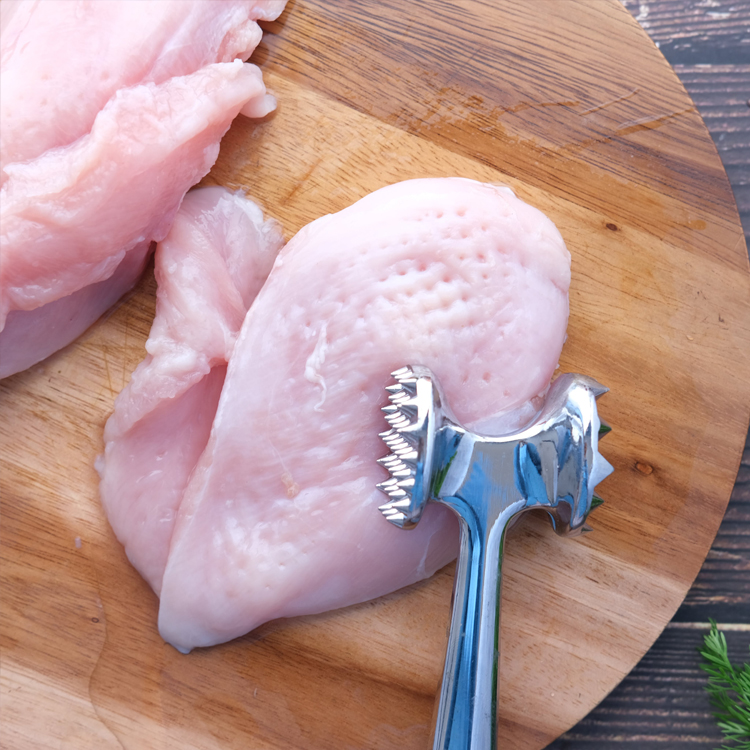
Don’t underestimate the power of good meat pounder. And even if you don’t have a good steel mallet, you can always use a firm and heavy object instead. I’ve used rolling pins to pound my meat quite a few times and it works fabulously.
Why does pounding your meat make it more tender? Excellent question, I would love to tell you. A few well-placed hits with that handy tool will break up the fibers which cause the meat to develop that divine and soft texture making it a delight to devour.
2. Enzymes
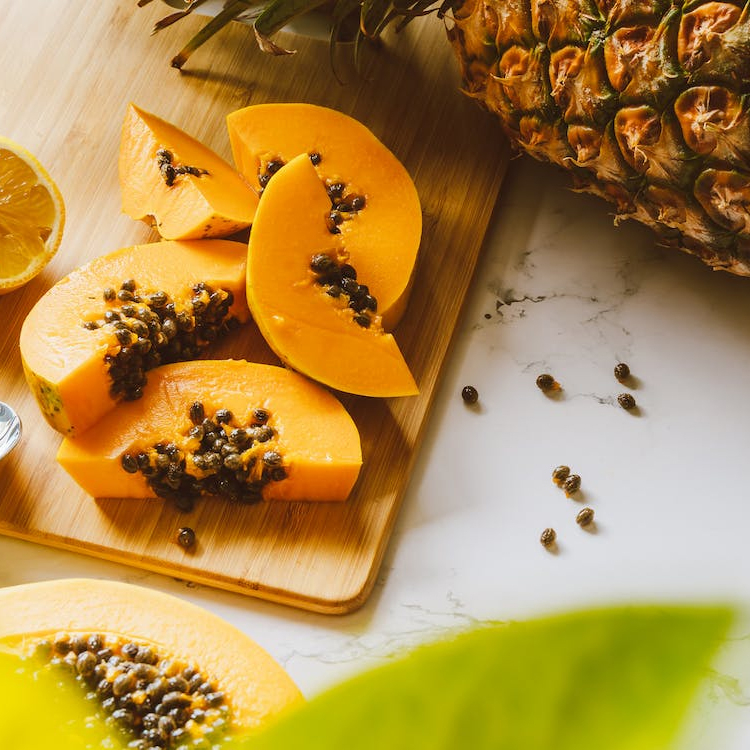
Okay, so we will get just a little bit scientific here. Enzymes can be used to break up meat proteins causing them to become softer. The enzymes are biological catalysts that catalyze reactions. Breaking up the proteins is something that would have eventually happened, but why should we wait that long when we can just utilize some handy enzymes? Wait… enzymes are not sold at supermarkets right? Where will we find them? Fret not for they are found from fruits hence getting the name ‘Fruit Enzymes’.
For instance, numerous cooks use raw papaya as it contains a magical substance called the papain enzyme. It has no noticeable flavor and works gently yet efficiently. This hydrolytic enzyme breaks down meat protein causing the texture to become softer. Then there is also pineapple. Have you ever heard of the phrase “Pineapples are trying to eat you?” Well, this is right because of bromelain. This is an enzyme that is so potent that it might as well turn your meat into mush if you are not careful.
Citrus fruits and kiwis are also great options for tenderizing meat.
3. Dry-aging
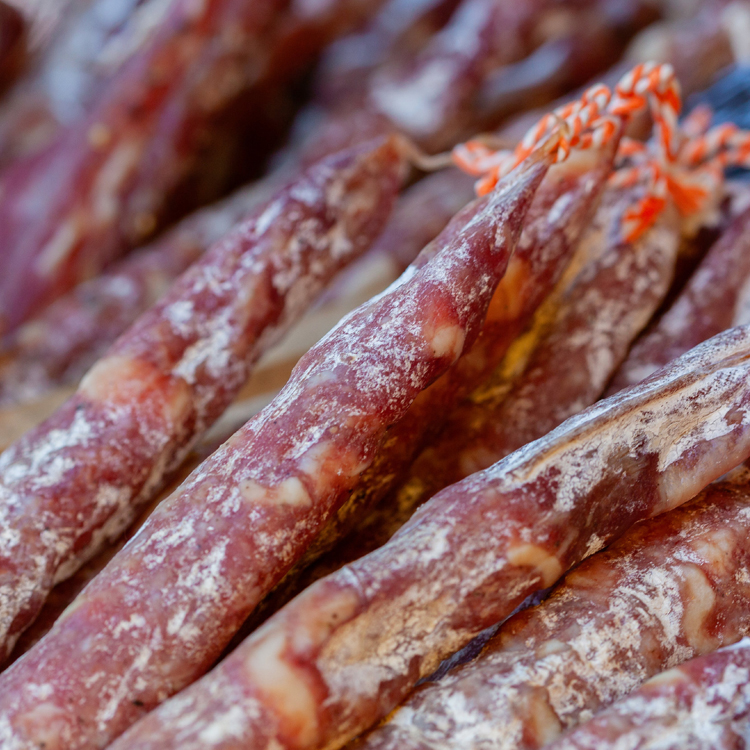
If you decide against using fruit enzymes there is always dry-aging which in turn uses the meat’s enzymes to tenderize the meat resulting in a more tender and juicy cut of meat. It also adds a certain nutty ‘dry-aging’ taste. You are probably wondering “How long should we dry-age meat for?” There are numerous answers to this but the logical answer depends on the type of cut you choose.
For instance, a brisket would take lesser time compared to a Tomahawk steak. Moreover, the animal in question also matters. Animals with naturally more tender meats will take lesser time. Most people recommend using a fridge of temperature 33-40 degrees (Fahrenheit) while wrapping the meat in cheesecloth and placing it on a wire rack. You can also choose to add salt as well as it can significantly increase the dry-aging effect.
4. Baking Soda
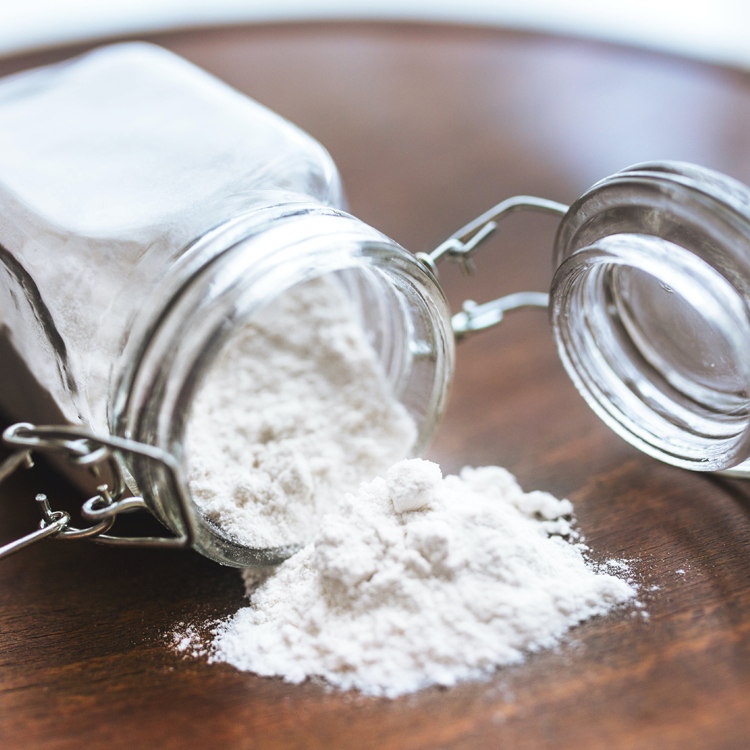
Quite a few home chefs recommend using baking soda. Because it is alkaline, it alkalizes the surface of the meat. This results in the protein bonds becoming significantly weaker and will yield a tender hunk of meat. However, the main drawback to this method is that it does majorly influence the flavor and texture of the meat so it is recommended to avoid using this method with expensive cuts. Additionally, since this method of tenderizing affects the surface of the meat, it is recommended to be used on thin slices or bite-sized pieces of meat.
5. Plain Old Salt
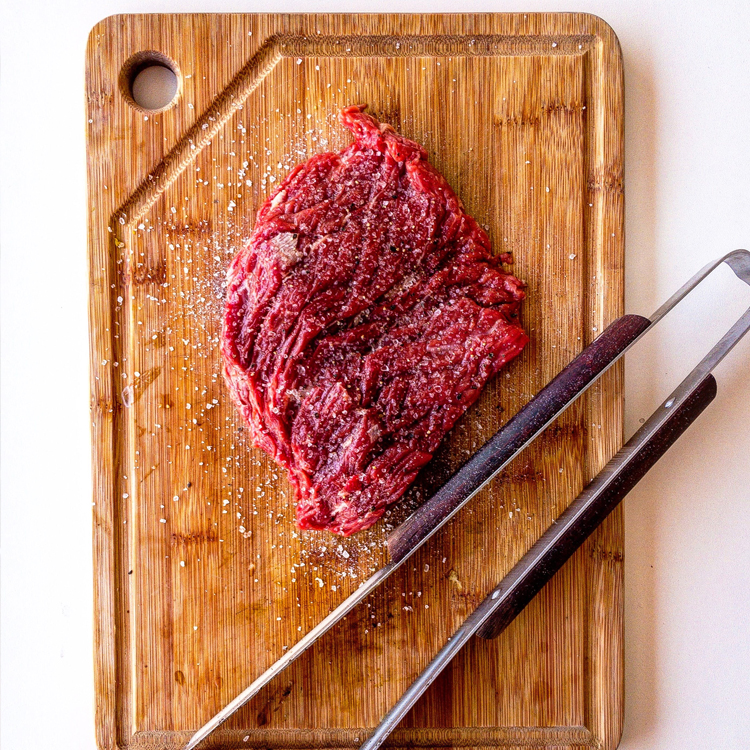
Salt is a natural tenderizer, contrary to the main scientific belief which claims that salt makes meat tougher. Salt dissolves the protein and muscle strands resulting in a much more tender cut. This is supported by numerous cookbooks which recommend this method.
Simply place your cut of meat on a surface of your choice, apply a generous layer of salt on all sides of the meat and leave it to sit. And just let the salt work its magic. The duration of time for which you let it sit is again dependent on the type of cut, the thickness of the cut, and the type of meat. Many chefs recommend course-grained salts such as sea, rock or kosher because the finer salts get absorbed by the meat rather quickly resulting in a very salty end product.
6. Slow Cooking
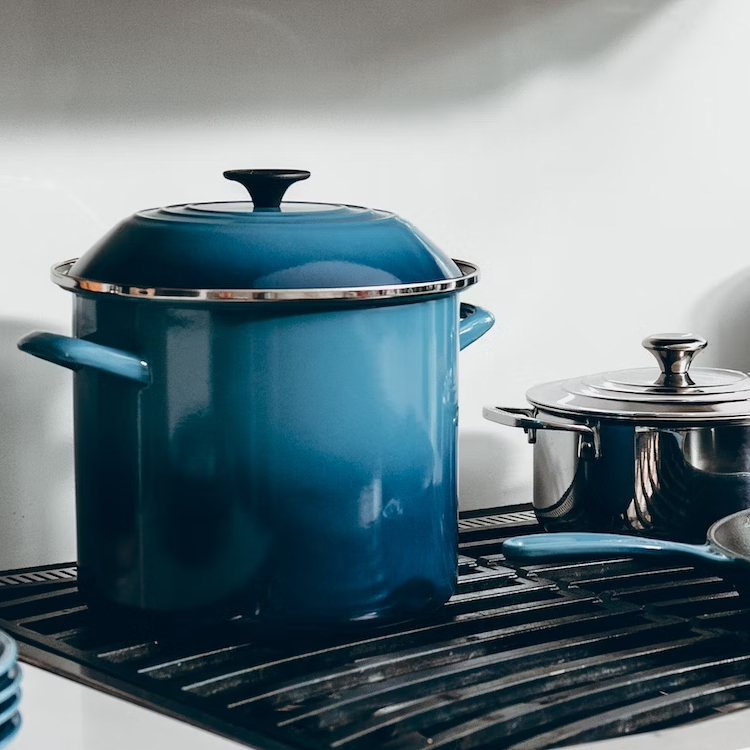
Slow cooking is always the answer when all else is not feasible. When meat is slow cooked it emerges as soft as butter. This is mostly seen when the meat falls off the bone as you lift it from the pot. This is because the connective tissue (which are majorly collagen) melt away resulting in a divine and buttery dish.
Nowadays, slow cookers are the go-to choice to slow cook any meal. However, you can also use a standard pot (ideally heavy bottomed) and cook your meat on a low flame for several hours.
